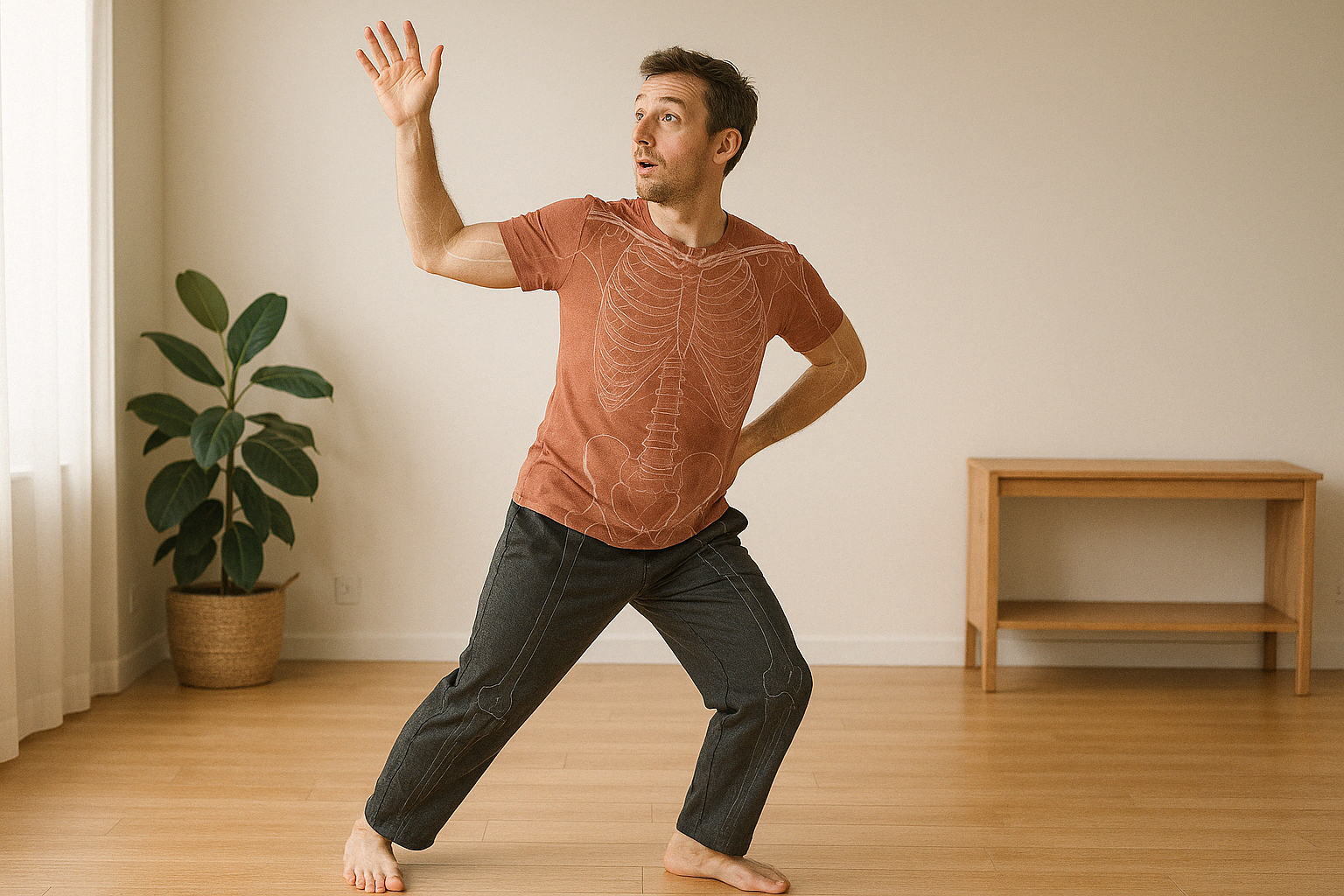Soft-Tissue Therapy vs Massage: What’s the Difference?
At first glance, Soft-Tissue Therapy can look a lot like massage. You lie on a couch, someone works with their hands, and you walk out feeling different. But here’s the truth: while they may look similar on the surface, they’re built for completely different things.
Massage is brilliant for general wellbeing. It’s a time-honoured method of helping the body unwind, improve circulation, and calm the nervous system. But Soft-Tissue Therapy? That’s something else entirely.
Soft Tissue Therapy is Clinical, Not Cosmetic
Soft-Tissue Therapy (STT) is a clinical approach to treating pain, injury, and dysfunction in the musculoskeletal system. It’s not about repeating a routine or just ‘working the knots out’, it’s about understanding how your body is functioning, identifying what’s not quite right, and using a toolkit of targeted, evidence-informed techniques to help it work better.
Where traditional massage often follows a set sequence, STT is grounded in assessment. Before we begin treatment, I look at how you move, listen to your history, and test the tissues and joints to understand the whole picture. And throughout the session, I’ll adapt based on your body’s feedback in real time.
This is person-centred, not protocol-led work.
Training Makes All the Difference
Most massage qualifications in the UK stop at Level 3 - which, under Ofqual guidelines, is equivalent to a single A-Level. These courses are ideal for relaxation-based massage or working with healthy clients, but they’re not designed to assess or treat injury, dysfunction or chronic musculoskeletal issues.
Soft-Tissue Therapy, on the other hand, is taught at Level 5 - equivalent to the second year of a university degree. My training through the Institute for Soft-Tissue Therapists (ISRM) has included in-depth clinical anatomy, neurophysiology, functional assessment, and advanced manual therapy techniques. It’s this depth that allows me to work safely and effectively with more complex presentations, from chronic shoulder pain to long-standing postural dysfunction.
Pain Isn’t a Prerequisite… But It’s Often the Catalyst
You don’t need to be in pain to benefit from STT, but many people come to me because something is hurting. That nagging backache that physio didn’t quite shift. A running injury that keeps flaring up. Or a vague sense that your body just isn’t moving the way it used to.
Soft-Tissue Therapy is designed for exactly these situations. We go beyond the symptoms to explore contributing factors: movement patterns, tension habits, previous injuries, or even nervous system sensitivity.
And importantly, treatment doesn’t need to hurt to work. The idea that “if it doesn’t hurt, it’s not doing anything” is outdated and unhelpful. Research now shows that overly painful manual therapy can actually increase nervous system sensitisation and inflammation, making recovery harder, not easier.
Instead, I work with your body - not against it.
Evidence-Backed, Not Based on Gimmicks
The clinical application of touch is as old as humanity itself, but modern Soft Tissue Therapy is anything but primitive. It’s guided by contemporary pain science and built on a biopsychosocial model of care. That means recognising that pain is not just about damaged tissues, but also about how your brain and body interpret threat, load, and movement.
Several studies have demonstrated that skilled manual therapy, when paired with movement and education, can support recovery from chronic musculoskeletal pain. And while double-blind studies are difficult to apply to hands-on work (because, well, you know whether you’re being touched), the real-world results are hard to ignore, especially when therapies like STT are applied in an evidence-informed, personalised way.
“We don’t treat injuries. We treat people with injuries.”
As Mel Cash, founder of the ISRM, puts it: And that matters, because even when two people have the same issue on paper, their needs in practice are rarely identical.
So... Do You Need a Massage? Or Something Smarter?
If you’re looking for a relaxing hour on the couch, a traditional massage is a wonderful choice.
But if you’ve got a stubborn ache, a recurring injury, or a sense that your body isn’t moving quite right, you probably don’t need a massage.
You need something that’s clinical, collaborative, and tailored to your body.
You might need Soft-Tissue Therapy.






